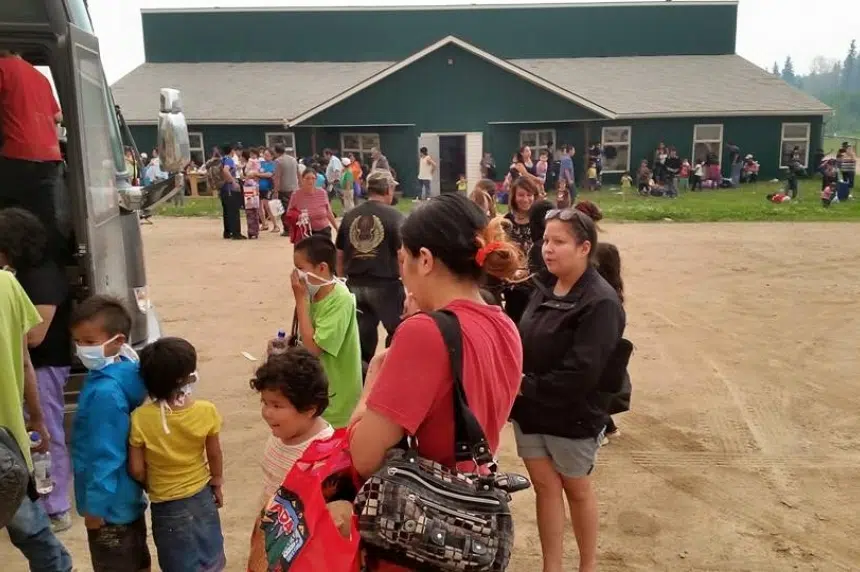A University of Saskatchewan professor would like to see families evacuated together when wildfires pose a risk to northern communities.
Typically, those with respiratory problems are evacuated first to the closest community that can host them. Those communities fill up, then the next wave of people are sent to a different community.
“Then we see people housed as far away as Regina and Cold Lake,” Jim Waldram, professor in the departments of archaeology and anthropology and psychology, said in an interview with CKOM News.
“Family fragmentation creates other kinds of social, cultural, psychological risks for the people beyond the simple health risk of smoke.”
Waldram has researched how evacuations affect families and First Nations communities. He did a study on the Hatchet Lake evacuation in 2011.
Waldram said he was struck by the lack of understanding when there was very negative press about some members of the community that were in evacuation centers at the time.
“The host communities simply didn’t understand what it might be like to have spent your life in a small, northern, Dene community and to suddenly be forced to live in a soccer center in a city that is so much larger than anything they could possibly imagine.”
This year, Waldram has noticed many of the same issues with the evacuation process that he marked in 2011.
“When they are moved to these southern cities and put in these soccer centers, it’s incredibly socially and culturally disruptive for people.”
But he added that for the first time, we’re seeing other First Nations organize their own evacuation centers outside of what the government has set up.
“What these First Nations communities are doing — what they’re referring to as ‘the Rez Cross’ — I think may turn out to be a very positive, and perhaps one of the greatest legacies of what is otherwise a horrible summer of forest fire and evacuation.”
awills@rawlco.com
Follow on Twitter: @ashwillsee











